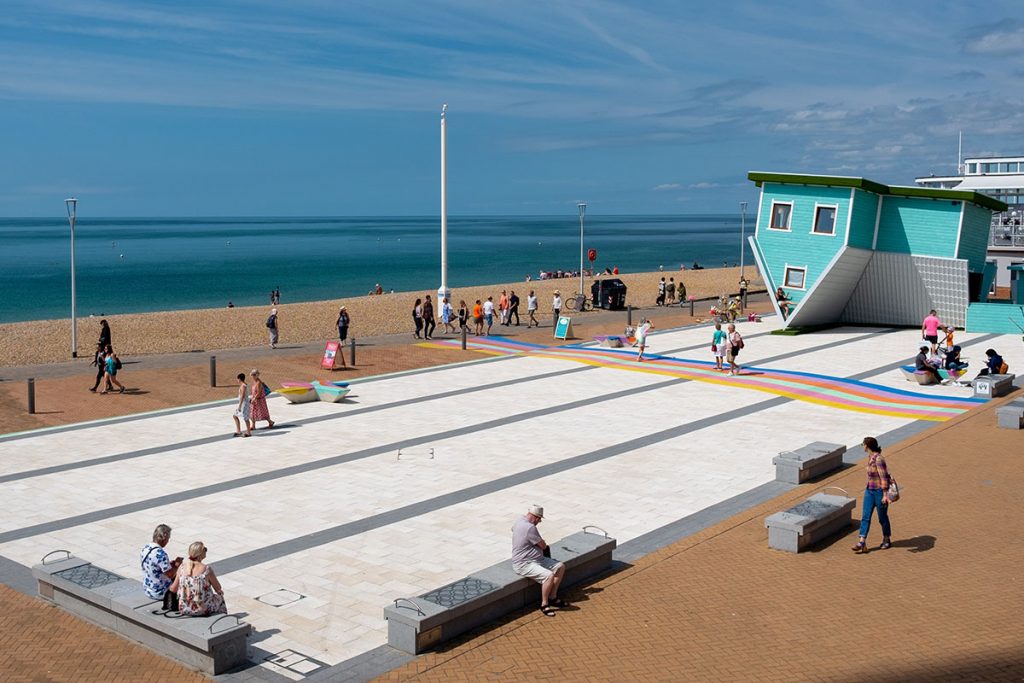Coastal residents more likely to meet exercise guidelines
People living in towns and cities close to the coast are more likely to meet exercise guidelines, finds our latest BlueHealth research.
The study published in the Environmental Research journal has found that people living within 5km of the UK’s coastline, self-report taking part in more activities like walking and gardening, compared to those living 20km away.
Read the full report here.
The study used a sample of 18,400 respondents from the Health Survey for England (HSE) to assess people’s self-reported physical activity in relation to the type of activity, their household income, and their proximity to green spaces, freshwater environments and the coast.
The connectivity and availability of natural spaces can influence how much people exercise, especially in towns and cities. A lack of physical activity puts people at risk of both physical and mental health conditions. In 2015 over 1.5 million deaths worldwide were linked to physical inactivity, an increase of almost 20% in the last decade.
The study indicates that living close to the coast could help to minimise these health risks. However, after taking other related factors into account, the study revealed that being close to green spaces such as parks didn’t increase the likelihood of meeting physical activity guidelines, while income-related results were mixed.
Dr Jo Garrett who led the study said: “This research is very timely with Coronavirus drastically shifting urban lifestyles. Our research supports the idea that coastal environments are particularly good at encouraging people to take part in activities that can reduce health risks, especially in lower-income households. While this could contribute to reducing health inequalities in coastal communities, the findings were mixed and further studies of a larger sample are needed.”
This research study is just one of many BlueHealth investigations helping us to understand how urban water-based environments can affect people’s health and wellbeing. New evidence is helping to inform decision-makers and communities how to protect and promote blue spaces to ensure towns and cities are fit for the future.
You can read the full paper ‘Urban nature and physical activity: Investigating associations using self-reported and accelerometer data and the role of household income’ in Environmental Research at doi.org/10.1016/j.envres.2020.109899.

People walk along the beachfront in the city of Brighton (photo from Unsplash).




